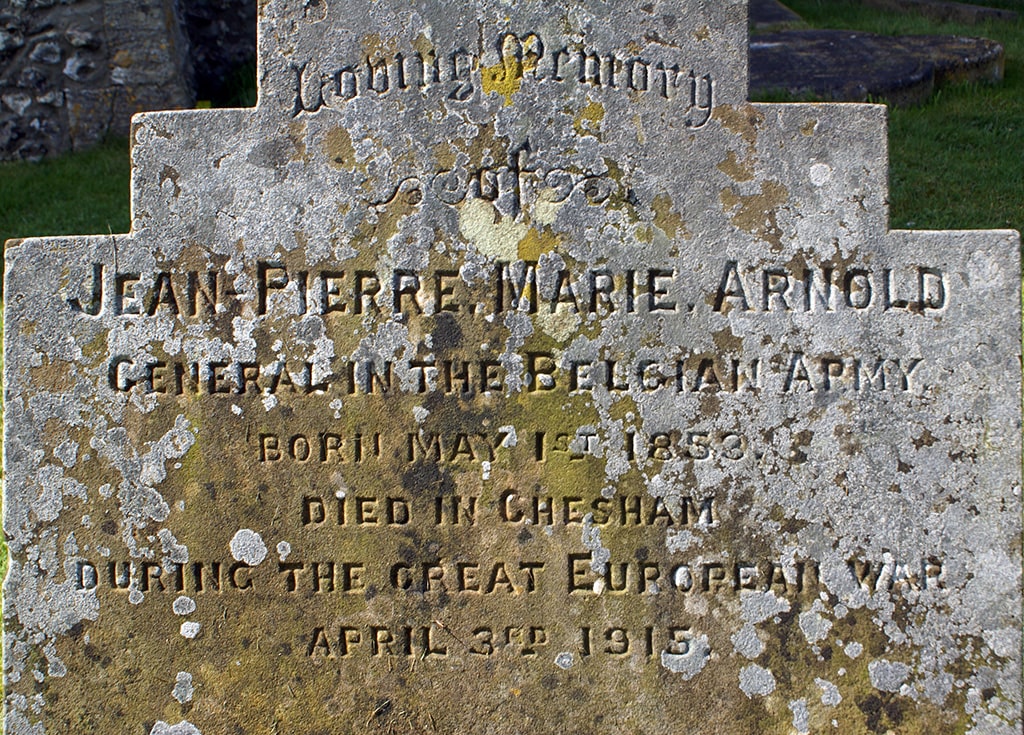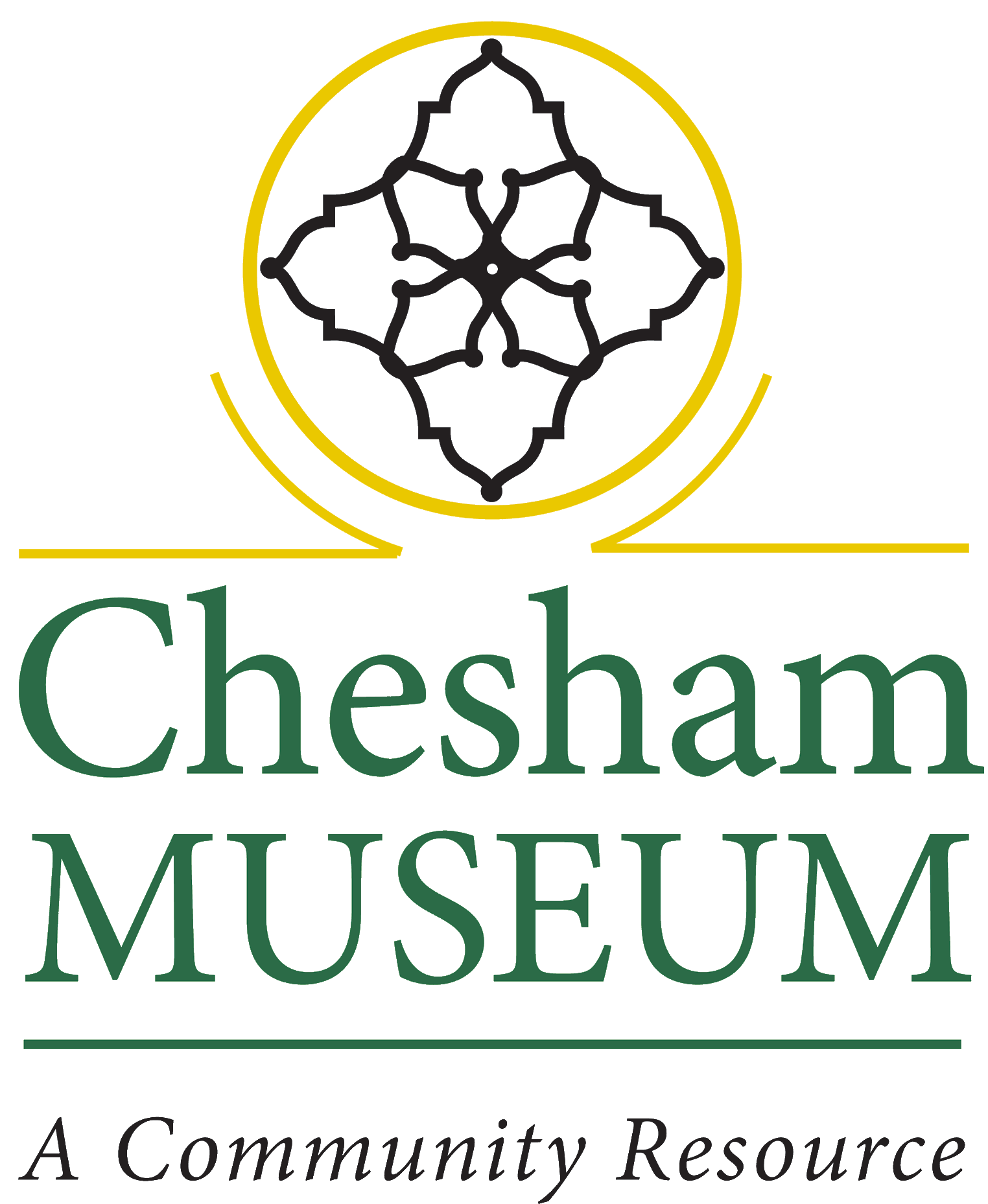Belgian refugees in Chesham
During the First World War, Chesham gave sanctuary to an influx of refugees from Belgium, known as ‘Chesham’s Guests’. This is the story…
Belgium
Belgium is a small European country sandwiched between France, the Netherlands and Germany. The country as it exists today, was established following the 1830 Belgian Revolution, when it seceded from the Netherlands. In 1839, the Treaty of London guaranteed its neutrality.
The rape of Belgium
From August 1914 Germany made an unprovoked invasion of Belgium. This became known as the Rape of Belgium. German troops shelled towns and cities, and attacked civilians.
Where German armies advanced, panicking Belgian civilians fled before them. One and a half million Belgians, being about a fifth of the Belgian population fled mainly to France, the Netherlands and across the English Channel.
The neutrality of Belgium was supposed to have been guaranteed in the 1839 Treaty of London. The United Kingdom was supposed to be one the countries guaranteeing Belgian independence and neutrality, and this was the main reason that led to the British declaration of war on Germany on 4th August 1914.
The atrocities and war crimes were reported in the press, and led to a lot of anti-German feeling, and this was a major reason for the initial enthusiasm for the war.
Refugees
On 9th September 1914, the British government announced that it would offer Belgian victims of war the hospitality of the British Nation. Many refugee camps were set up in London. The largest were at Earl’s Court and Alexandra Palace, which each housed about 3,000 refugees at any time.

Refugees were all registered, and then dispersed to towns around Britain. Eventually there were about 250,000 Belgians in Britain. On 20th September 1914 a Bucks County Relief Committee was formed in Aylesbury, and Belgians came to live in towns and villages around Bucks. The first refugees came to Chesham in October 1914.
Refugees in Chesham
In November 1914, a Chesham Town Belgian Refugees Committee was formed. By December 1914, it was reported that there were about 50 Belgian refugees in Chesham. Most of those refugees who came to Chesham had escaped the bombardment of Antwerp, and then came by boat from Flushing to Tilbury, or from Ostend to Folkestone, arriving with very few possessions.
The people and churches of Chesham rallied round to collect money and clothes for the refugees. A Hospitality Committee was formed and people made empty houses available, or took in Belgian lodgers. In Chesham most of the refugees were housed in or near Church Street. Wounded soldiers were convalesced at Germains House on Fullers Hill, Chesham.
Language problems
The Belgian refugees did not all speak the same language. Those from southern Belgium tended to speak French, and those from Flanders, in northern Belgium, tended to speak Flemish, which is very similar to Dutch. Some spoke both, but slowly they learnt English.
In Chesham some people knew some French but initially communication was difficult. It was reported that three Belgians who lived with Mr and Mrs S Davis in Broad Street, managed to speak to their hosts in Esperanto.
Religion
Some of the Belgians were Jewish, but most were from the Roman Catholic faith, and attended Chesham’s St Joseph’s Catholic Church. This met at a house called Mount Carmel in Khartoum Avenue, Chesham, which is now 103 Eskdale Avenue. Here Father Henry (Eric) Coleman was their priest, serving Catholics from Chesham, Chesham Bois and Amersham.
The local Catholic population effectively doubled owing to the influx of Belgian refugees, and the small Catholic church in Chesham was not big enough. This was a reason why a new Catholic church building was built in Chesham Bois, and Our Lady’s Church opened at Easter 1915.
The Belgian colony celebrated their National Day on the Sunday nearest 21st July each year at the Catholic Church, where they had their own organist Eugene van Landermeersch. Amongst the refugees were some Catholic priests. Father Rev Abbé Dieltiens oversaw the Catholic Belgian refugees in South Bucks, supported by the Belgian Commission in London.
In February 1917 two Belgians, Private Renne Bennaerts and Anastasia Catherine Huybrechts, married at Our Lady’s.
General Jean Arnold
The refugees in Chesham formed a small Belgian community. They were organised by Jean Pierre Arnold, a retired general of the Belgian Army. Along with his wife and daughter, he lodged with Mr Edward Rupert How, at The Forelands, on the corner of Red Lion Street and Punch Bowl Lane, near Hinton (now Trinity) Baptist Church. A Belgian flag used to fly in the garden.
He died on 3rd April 1915 aged 61, and a grand funeral was held for him. Behind the hearse marched a squad of the 125th Company, Royal Engineers who were then stationed in Chesham. This was followed by members of the local Belgian community who walked from The Forelands to the cemetery. The military escort lined up on each side of the pathway and formed a ‘guard’ for the cortege to pass through. The funeral was conducted by the Catholic priest. His stone still stands by the mortuary chapel.

Work
Slowly the refugees settled locally and took up jobs. In November 1914, Joseph van der Gucht established a basket-making factory in Chesham employing Belgians, especially Sylvester Van Britsom and his family.
Refugees return home
In 1919, after the war, the majority of the Belgians returned home, but some 5,000 remained in Britain. The Chesham Belgian Relief Committee ceased at the end of 1920 and about £30 surplus money was given to Chesham Cottage Hospital, Chesham Memorial Fund and Chesham Nursing Fund.
London memorial

There is a memorial to the Belgian Refugees in London, on the Victoria Embankment of the River Thames, opposite The Needle. It was a gift from Belgium and was unveiled by Princess Clementine of Belgium on 12th October, 1920.
A version of this article was first published in the pages of the Bucks Free Press, Amersham and Chesham edition, on October 6, 2019.
You can learn more about how war and conflict affected `Chesham in our online collection.


